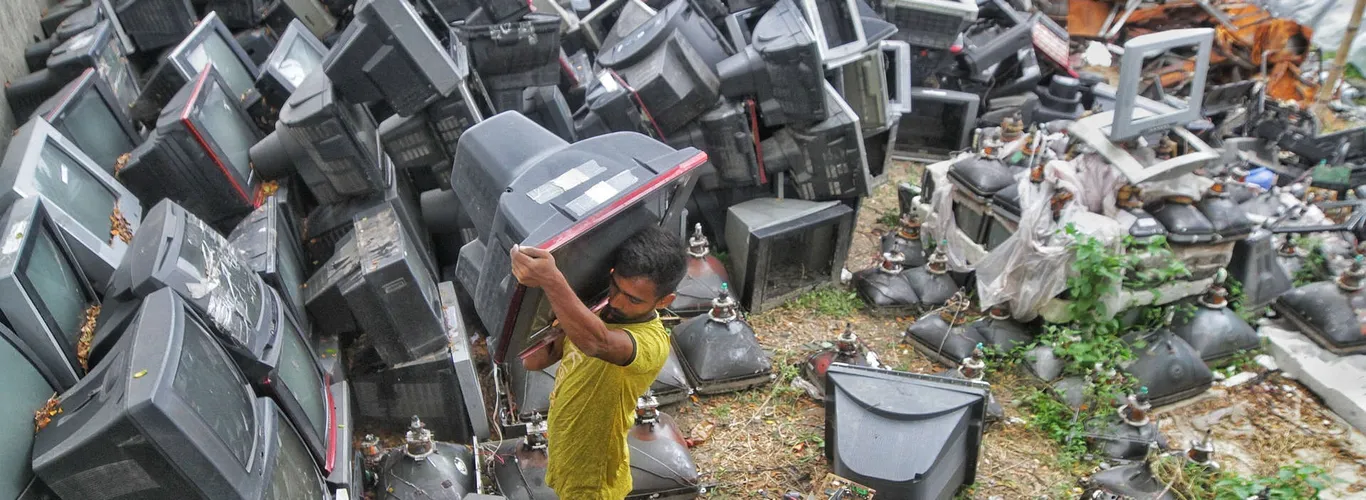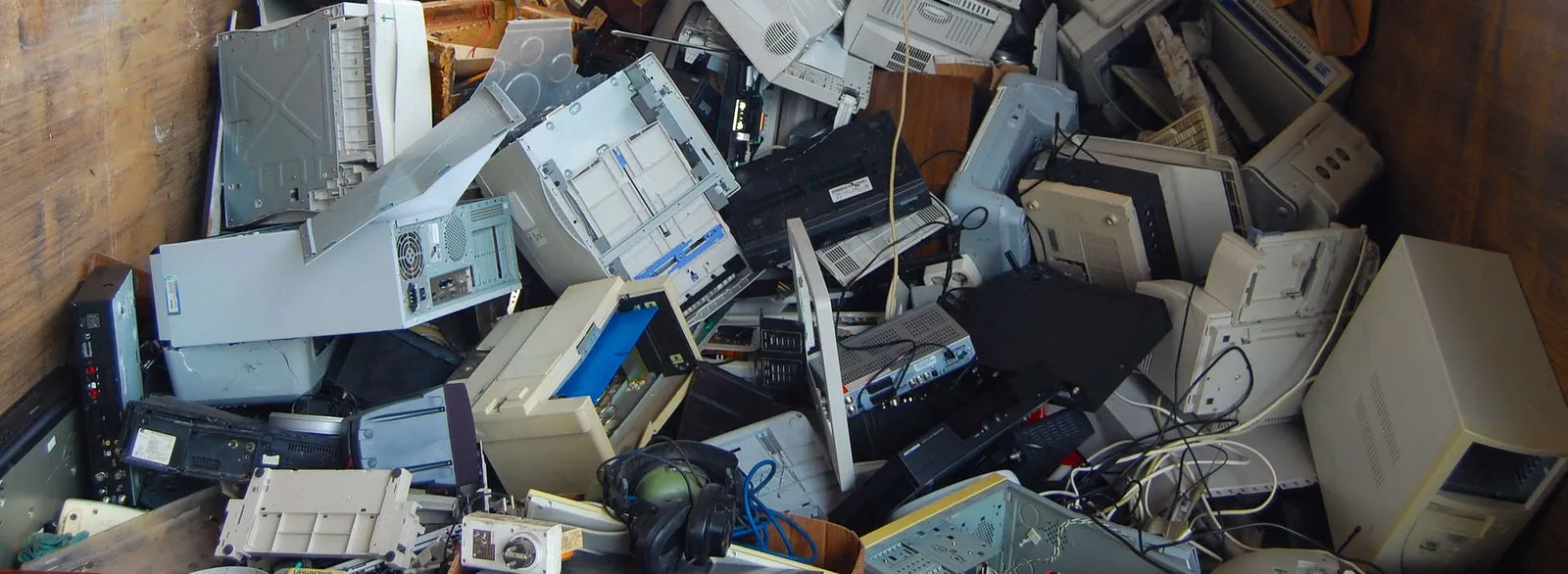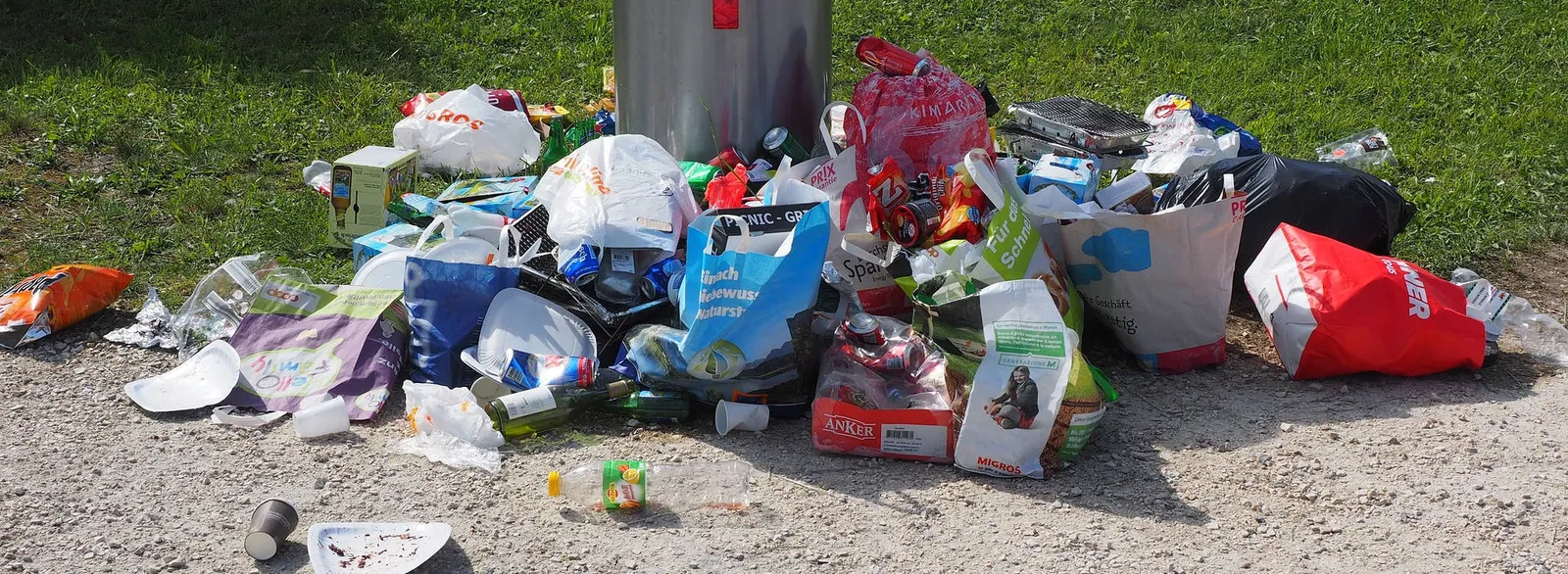If you are interested in ecology and recycling - sign up for our newsletter
Understanding the Impact: The Environmental Importance of Recycling Used TV Appliances
Recycling used television devices is crucial for environmental protection as it prevents many hazards resulting from improper disposal of such equipment. Televisions, especially older models, contain a number of harmful substances, such as lead, mercury, cadmium, and brominated flame retardants. Disposing of them in landfills can lead to the release of these dangerous compounds, resulting in soil and groundwater contamination. In the long term, this can pose a serious threat to both human health and ecosystems.
Processing used television devices allows for the safe removal of these toxic substances and minimizes the risk of their release into the environment. Additionally, recycling these devices enables the recovery of valuable materials, such as precious metals (e.g., gold and silver), industrial metals (e.g., copper and aluminum), and plastics, which can be reused in the production of new devices. Reducing the demand for primary raw materials decreases the need for mining natural resources, which means less landscape degradation and lower energy and water consumption.
From the perspective of climate protection, recycling used television devices helps reduce greenhouse gas emissions. The processes of raw material extraction, as well as the production of new materials, are highly energy-intensive and generate significant emissions. Using secondary raw materials reduces these emissions, supporting the fight against global warming and improving energy efficiency in the product life cycle.
Equally important is the reduction in the amount of waste ending up in landfills. Electronic waste, including used televisions, is one of the fastest-growing waste streams in the world. Proper processing and material recovery from these devices contribute to reducing the burden on waste management systems and relieve pressure on limited landfill space.
Rising concerns
Electronic waste is one of the fastest-growing waste streams globally, driven by high consumption rates of electronic devices, short product lifecycles, and limited repair options. Televisions, in particular, contribute significantly to this waste due to their complex construction and hazardous materials, such as lead, mercury, and cadmium. Improper disposal of these substances can lead to their infiltration into soil and water, posing serious environmental health risks and threats to human safety.
For an environmentally-conscious environmental science student, the impact of e-waste holds profound significance. Active participation in sustainability initiatives on campus provides a platform to promote effective e-waste management and recycling practices. Understanding the materials and processes involved in recycling televisions is not only an academic matter but a practical step towards a more sustainable lifestyle.
TV sets recycling process
Recycling of Televisions is a Detailed and Thorough Process, Involving Several Steps to Ensure Proper Treatment of Each Component:
- Collection and Transportation: Televisions are collected at designated recycling centers, electronic stores, or during local e-waste collection events.
- Manual Disassembly: Specialists carefully disassemble the devices, separating hazardous materials from those that can be recycled, such as plastics and metals.
- Removal of Hazardous Waste: Components containing harmful chemicals are removed and handled according to specific hazardous waste protocols to prevent environmental contamination.
- Shredding and Crushing: The remaining television casing is crushed and shredded, making further sorting easier.
- Material Separation: Different techniques are used to separate various materials, such as glass, metals, and plastics, preparing them for resale or use in new products.
For an electronics repair specialist, the recycling process provides an opportunity to recover useful parts that would otherwise be discarded. By promoting the repair and refurbishment of electronics, they help extend the lifespan of electronic devices, thus reducing the demand for new raw materials and the overall amount of e-waste.
Recycling in sustainable environmental development
Recycling used television devices plays a key role in sustainable environmental development. It conserves natural resources, reduces the need for extracting primary raw materials, and minimizes energy consumption and emissions in the production of new products. Each ton of recycled waste significantly reduces greenhouse gas emissions compared to landfill disposal or incineration.
Moreover, recycling creates jobs in both urban and suburban areas, contributing to the growth of a thriving green economy. For individuals committed to an eco-friendly lifestyle, participating in and promoting recycling initiatives not only aligns with their values but also sets a positive example for peers and the community.





